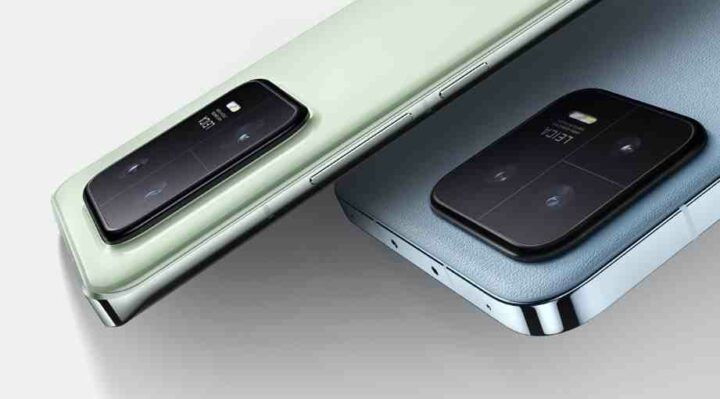Snapdragon 8s Gen 3: Energising Upcoming Smartphone Generations


The Snapdragon 8s Gen 3 chipset, which Qualcomm unveiled recently, is expected to transform a number of handsets from companies including Honour, iQOO, realme, Redmi, and Xiaomi in the months to come. By integrating a few of the most advanced technologies from its flagship Snapdragon 8 Gen 3 series, this cutting-edge CPU aims to democratise premium features that were previously only available on high-end handsets.
With a suite of features that includes exceptional photography, immersive mobile gaming, superior connectivity options, pristine lossless HD sound quality, and groundbreaking on-device generative AI, the Snapdragon 8s Gen 3 is designed to dramatically improve the Android flagship smartphone experience. By enabling compatibility for advanced AI models such as Baichuan-7B, Llama 2, Gemini Nano, and Zhipu ChatGLM, this innovation guarantees that users may take advantage of the most recent technological breakthroughs.
In an effort to increase creativity and productivity, Chris Patrick, general manager of Qualcomm’s mobile devices, highlighted the chipset’s contribution to improving common user experiences through on-device generative AI and cutting-edge photographic capabilities. A major turning point in mobile technology has been reached with Qualcomm’s goal of making its high-end Snapdragon 8-series features more widely available. This will let users to access advanced functions with more ease.
William Lu, President of Xiaomi Corporation, echoed similar view and expressed excitement for the release of the first smartphone to use the Snapdragon 8s Gen 3 processor. Because of this partnership, Xiaomi users should expect a customised premium experience that is primarily driven by the chipset’s generative AI capabilities.
The first Snapdragon 8s Gen 3 handsets are anticipated to be unveiled as early as March, marking a significant advancement in Qualcomm’s product line. With the help of its integrated artificial intelligence capabilities, this chipset not only represents the company’s most recent attempt to improve mobile device performance, but it also paves the way for future creative applications and uses that might completely change how users interact with their devices.

